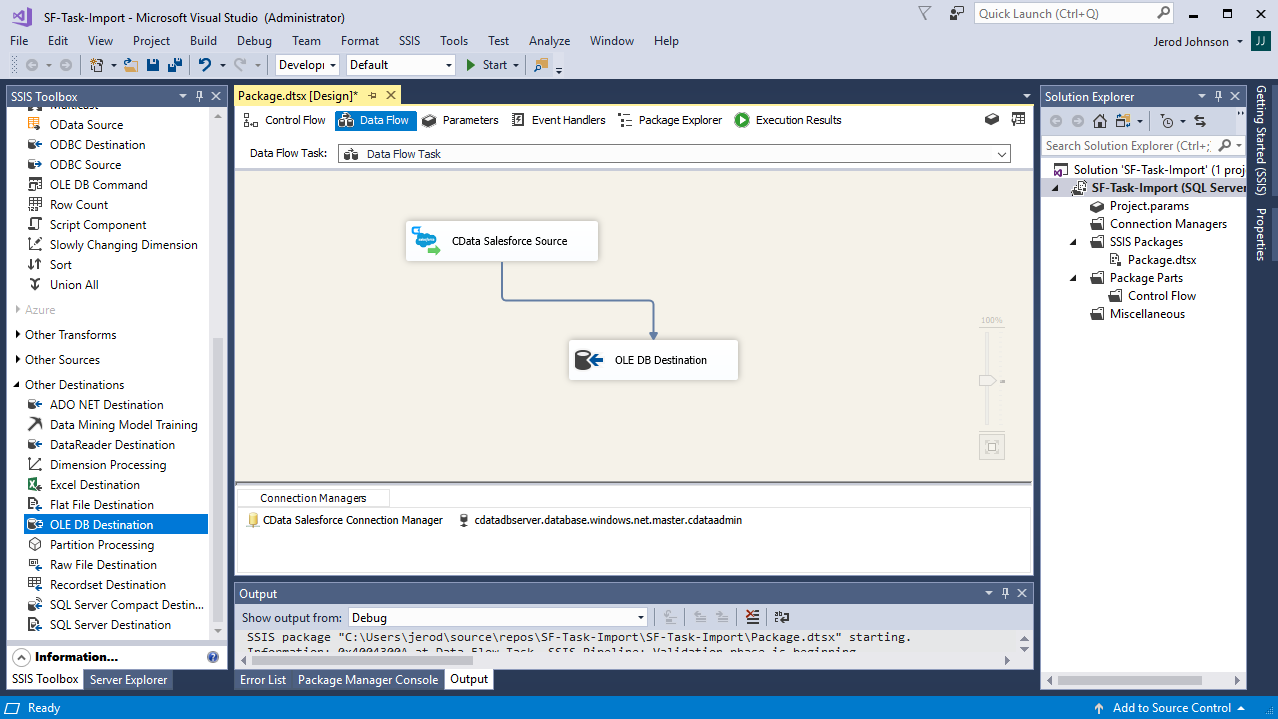

- #Phyton data universal database how to#
- #Phyton data universal database full#
- #Phyton data universal database for windows 10#
Do we need to search the data This is much easier using one of the database systems.
#Phyton data universal database full#
Now you might think, what if I’ve created a large database and want to reset it? In theory, we can use delete - but it's not practical, and it’s also very time-consuming! ⏳ So we can create a function to do this task. That makes anything besides full database servers convenient options. Next, we save the database and it returns false. Otherwise, we delete the key with the built-in del which automatically deletes the value of the key. First, we make sure the key is present in the database. Otherwise False is returned with a message.ĭelete function is to delete a key as well as its value from the database. Get is a simple function, we take key as an argument and try to return the value linked to the key from the database. (We don’t want it to crash and erase our data every time an error occurs ?). Otherwise, it will print an error message and return False. If everything goes right it will return True. As our database is a simple key-value based database, we’ll only take a key and value as an argument.įirst, we’ll try to add the key and value to the database and then save the database.

The set function is to add data to the database. Print("No Value Can Be Found for " + str(key)) Print(" Error Saving Values to Database : " + str(e)) Wait a minute! ? A database is useless if it can’t store and retrieve data, isn’t it? Let’s go and add them also…?.

It takes the in-memory database (actually a JSON object) from the self.db variable and saves it in the database file! It returns True if saved successfully, otherwise returns False.ĪDVERTISEMENT Make It a Little More Usable… ? Then we transform it into a JSON object and load it into self.db variable.Īnd finally, the dumpdb function: its name says what it does. In the _load function, we just simply open the database file from the location stored in self.location. Otherwise, we create an empty in-memory JSON object. If it exists, we load it with the _load() function (explained below).

Then check if the database exists or not. In the next load function we take the location of the database as a param. In the end, we are calling the load function passing self.location as an argument. And finally, put it in self.location variable to access it later on the same class functions. In the first _init_ function we take the location parameter and replace ~ or ~user with user’s home directory to make it work intended way. Whenever creating a Foobar Database we only need to pass the location of the database. Here we defined our main class with an _init_ function.
#Phyton data universal database for windows 10#
Scroll down to the ‘Files’ section and select either ‘Windows x86-64 executable installer’ or ‘Windows x86-64 web-based installer’ (This is only for Windows 10 64-bit. Json.dump(self.db, open(self.location, "w+")) Scroll down and select the latest release. Self.db = json.load(open(self.location, "r")) Self.location = os.path.expanduser(location) Now let’s define the main class FoobarDB with some pretty basic functions, which I'll explain below. Yes, we only need these two libraries! We need json as our database will be based on JSON, and os for some path related stuff. So first let’s import some necessary Python libraries which are already available in Python Standard Library: import json I named this database FooBarDB (I couldn’t find any other name ?), but you can call it whatever you want! Let’s Start Coding…įor this Toy Database, we’ll use Python (my favorite ❤️). So without any further talking let’s jump into the fun part: coding. As Richard Feynman said: “What I cannot create, I do not understand.” For a quite some time I was thinking of creating My Own Toy Database just to understand, play around, and experiment with it. So we can see how important databases are as well. Today we can see how valuable data are, and so keeping them safe and stable is where the database comes in! Often it’s easier to reset the database than to write custom migration files.įirst, our SQLite3 database is created by the given parameters in settings.py.MySQL, PostgreSQL, Oracle, Redis, and many more, you just name it - databases are a really important piece of technology in the progress of human civilization. In the early development stages, when there is no real data in the database, many database changes can happen. Why would You want to reset the database in Django?
#Phyton data universal database how to#
This article will show you how to reset a given database. One of the standard tools of Django web app development is the SQLite3 database. As one of the most used frameworks for building web applications, Django provides us with powerful tools to make our development easier and faster.


 0 kommentar(er)
0 kommentar(er)
